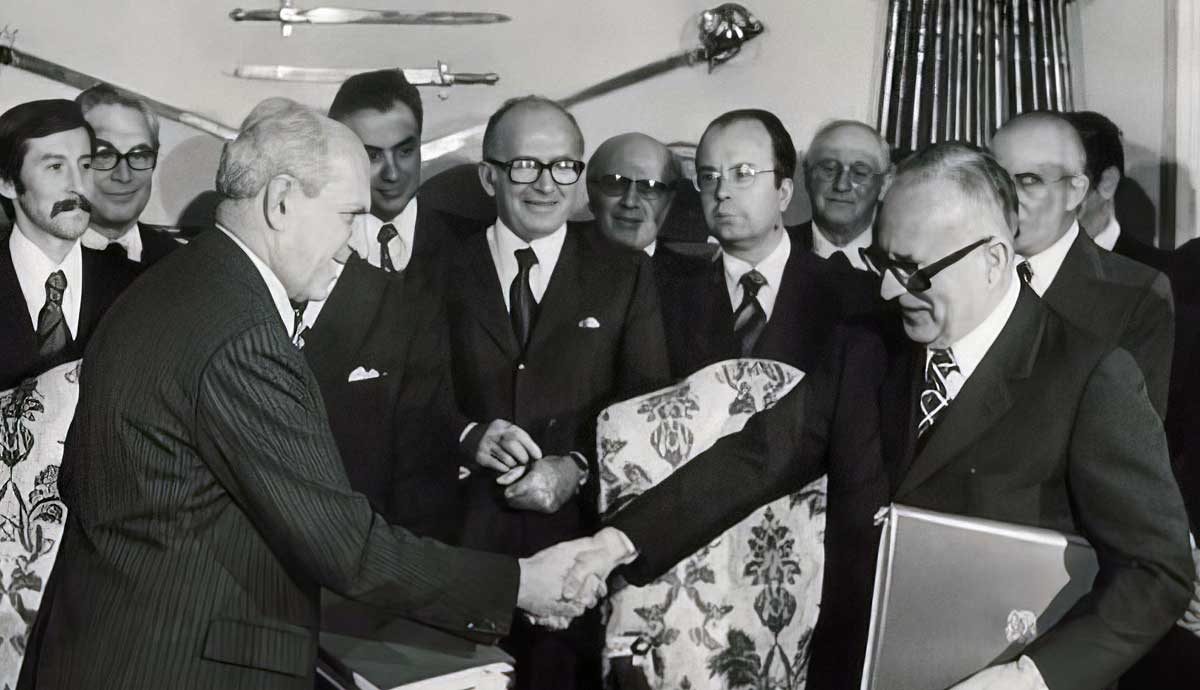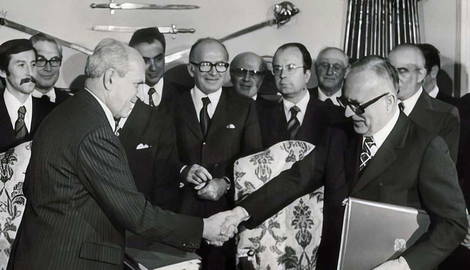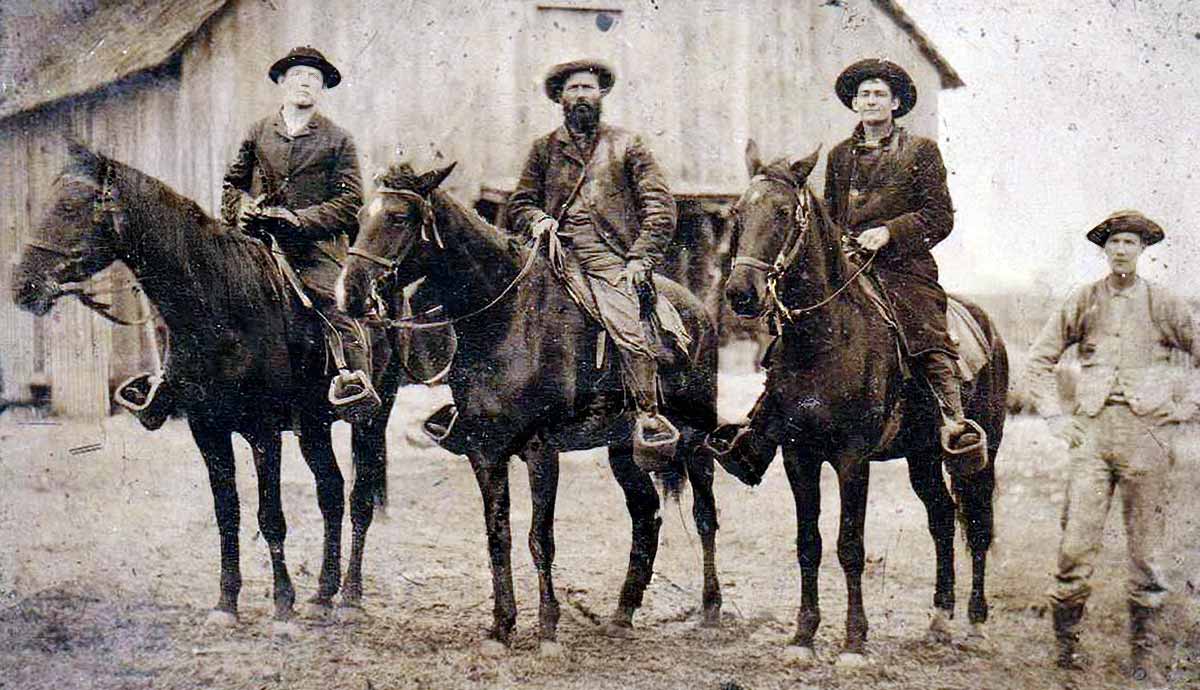
By May 1945, Hitler’s 1,000-year Third Reich ended with Germany in ruins, millions of dead, and Europe nearly wrecked. The Nazi Blitzkrieg victories, alliances, and occupation throughout World War II left great swathes under German sway. Also, to obtain those alliances, Germany signed pacts like the Molotov-Ribbentrop Pact or negotiated conflicts, swapping territories between Axis allies. Germany fought hard, making the Allies re-conquer those lands and their homeland very costly. Her Axis allies fought hard but fell, mostly to the Soviets. These countries, like Hungary, not Germany, signed individual treaties with the Allies to untangle the arrangements with Germany.
Unconditional Surrender

The Allied demanded the Axis Powers’ “unconditional surrender” to end any conflict.
The call resulted from the 1943 Casablanca Conference; the Soviets agreed to this demand, too. The terms of the surrender meant no negotiations or compromise. So, by May 1945, with Hitler dead and Allied armies closing in, Germany surrendered. Japan surrendered to the Americans later, so their actions fell outside the treaty discussions.
Axis Powers and Consequences

Besides Germany, other central European countries joined, either pressured or through self-interest. The first to join was Italy, led by Fascist dictator Benito Mussolini in the 1930s. He dreamed of restoring the Roman Empire. Italy went to war in Africa, Albania, Greece, and Russia. By 1943, Italy had fallen, and Mussolini had too.
Hungary joined in 1940, wary of the Soviet Union plus resentful of how the Great War Allies treated the country after World War II. Its armies invaded Russia with Germany in 1941. Hungary fought hard nearly to the end. It fell after Soviet troops overran the country.
Romania became pro-fascist early in the war, led by the Iron Guard. The Soviet Union annexed Romanian territory, fueling resentment. Germany offered security against Russia. Romanian armies invaded Russia with their allies. Like Hungary, the Red Army knocked the country out of the war in 1944. In a dark twist, Romania declared war on Germany, fighting until the war’s end.
Bulgaria joined but became the oddest Axis member. Religiously, Bulgaria was Orthodox, and its ruler was a “Tsar,” so it shared a common heritage with Russia. Bulgaria reluctantly joined the Axis under German pressure. The Germans used Bulgaria to invade Greece, and Bulgaria helped to invade Yugoslavia, taking territory from both. It never declared war on the Soviet Union, surrendering quickly when the Red Army invaded.
Just A Co-Belligerent

Finland never joined the Axis but still stood as a German ally. It fought a bitter 1939 Winter War, beating the Soviet Union. In 1941, it invaded Russia, too, taking back territory lost previously but would not advance further. In the Continuation War, Finland fought the Soviets until 1944, when an overwhelming Soviet offensive defeated them quickly. Finland asked for an armistice, lost much territory, plus had to kick the German Army out.
Negotiations Begin

The Paris Treaties only dealt with the former Axis partners noted previously. The 1945 Potsdam Conference excluded Germany’s surrender. The Points covered war reparations, land adjustments, minority rights, and prosecuting war criminals. The Peace Conference began on July 29 and went on until October 1946. All parties signed the Treaties on February 10, 1947.
Each Axis country parleyed separately but with the major Allied powers. The Soviet Union’s occupation of Eastern Europe gave it some leverage during the upcoming Cold War. Each country lost differing amounts of territory and paid over different amounts. Of the five powers, Italy paid the most reparations to Russia, Ethiopia, Yugoslavia, Albania, and Greece, totaling $360 million.
The other ex-Axis powers paid, too, with Romania and Finland primarily paying the subsequent highest reparations to Russia. Italy forfeited its African colonies and some islands to Greece and Yugoslavia.
The Treaties ignored agreements signed with the Nazi regime, like the Molotov-Ribbentrop Pact. Romania regained Transylvania from Hungary, part of a German-brokered peace. The Treaty resized Hungary’s borders to a 1920 Great War treaty, leaving lands for countries around it.
Signing and Post War Impact

After signing, all five ex-Axis powers became sovereign powers again and offered seats at the United Nations. But peace did come with controversy. The biggest issue was the forced migrations as borders changed, which led to future hard feelings or conflicts. Many, like German minorities, got expelled with loss of life. The Paris Peace Treaties officially ended World War II in Europe but still had later unrealized problems.











